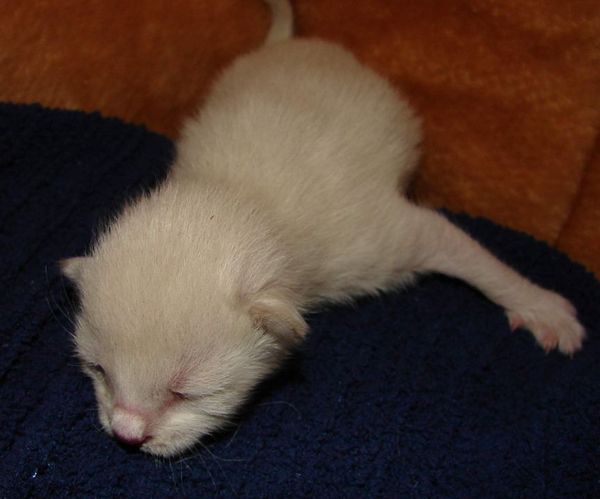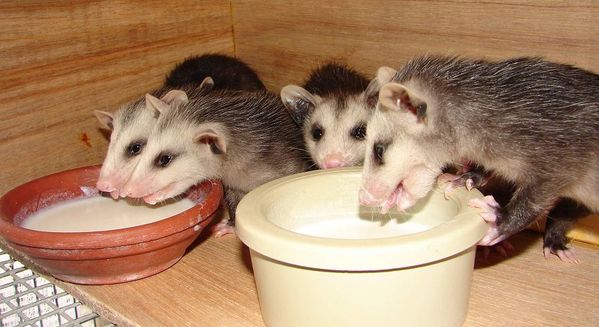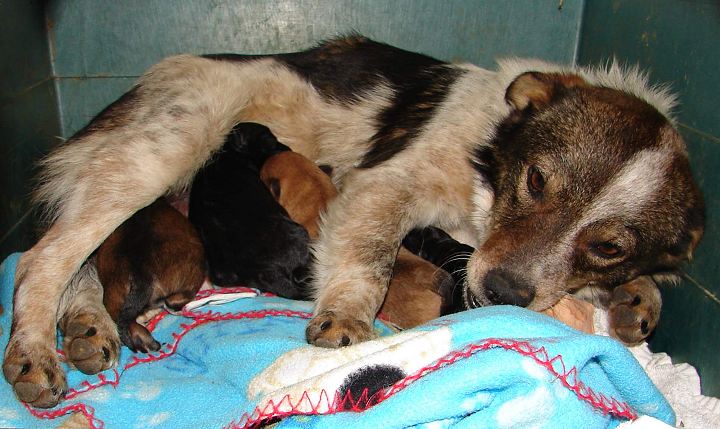Sweeping Report Shows Some Species Have Made Gains
Washington Post Staff Writer
Thursday, March 19, 2009; 2:30 PM
Several major bird populations have plummeted over the past four decades across the United States as development transformed the nation's landscape, according to a comprehensive survey released today by the Interior Department and outside experts, but conservation efforts have managed to stave off potential extinctions of others.
"The State of the Birds" report, a sweeping analysis of data compiled through scientific and citizen surveys over the past 40 years, shows that some species have made significant gains even as others have suffered. Hunted waterfowl and iconic species such as the bald eagle have expanded in number, the report found, as birds along the nation's coasts and in its arid areas and grasslands have declined sharply.
"Just as they were when Rachel Carson published Silent Spring nearly 50 years ago, birds today are a bellwether of the health of land, water and ecosystems," Interior Secretary Ken Salazar said in a statement. "From shorebirds in New England to warblers in Michigan to songbirds in Hawaii, we are seeing disturbing downward population trends that should set off environmental alarm bells."
The fact that concerted conservation efforts have saved birds such as the peregrine falcon and allowed various wetland birds to flourish, scientists said, shows that other species can reverse their declines with sufficient support from federal agencies and private groups.
"When we try, we can do it," said John Fitzpatrick, executive director of the Cornell Laboratory of Ornithology. "There are now populations and habitats across the country begging for us to do it."
The species in decline are being affected by climate change, habitat destruction, invasive species and disease, among other factors, the report found. More pedestrian threats, such as collisions with buildings and attacks by feral cats, have diminished birds' numbers in some urban and suburban areas.
Hawaii, more than any other place in the country, highlights the challenge native American birds face. Seventy-one bird species have disappeared since humans populated the Hawaiian islands in 300 A.D., and another 10 have not been spotted in years. At the moment, more than a third of the bird species listed under the Endangered Species Act are in Hawaii, but state and federal agencies spent only $30.6 million on endangered birds there between 1996 and 2004, compared with more than $722 million on the mainland.
"In Hawaii we've got lots of imminent extinctions, but not enough resources being spent on them," said George Wallace, vice president of the American Bird Conservancy.
With sufficient funds, Wallace argued, federal managers could restore Hawaiian birds' habitat and protect them against introduced species such as pigs, sheep and deer that threaten their survival. He estimated it would cost roughly $15 million to erect extensive fencing for the Palila, a Hawaiian honeycreeper whose numbers declined from 6,600 birds in 2003 to 2,200 in 2008.
Bird advocates have enjoyed more success in raising money to protect North American waterfowl, which have a powerful political constituency among sport hunters. The U.S. government has raised $700 million for wetlands conservation through the sale of Federal Migratory Bird Hunting and Conservation Stamps, better known as "duck stamps," and a coalition of private groups and agencies in Canada, the United States and Mexico have raised more than $3 billion over the past 20 years to protect more than 13 million acres of waterfowl habitat. Taken as a whole, the 39 species of hunted waterfowl that federal managers track have increased 100 percent over the past 40 years.
In some cases, however, public and private protections for key bird species are in jeopardy. The Conservation Reserve Program provides federal dollars to farmers in order to preserve vital habitat on which species such as the lesser prairie chicken depend, but contracts encompassing 3.9 million acres are set to expire by the end of September. Michael J. Bean, who directs the wildlife program for the Environmental Defense Fund, an advocacy group, said losing these grasslands "could be the tipping point that makes an endangered species designation for the lesser prairie chicken unavoidable."
Placing the bird on the endangered species list, Bean added, could make it more difficult for entrepreneurs to build wind projects in the southern Plains. As a whole, birds that breed only in grasslands have declined by 40 percent over the past four decades.
Elsewhere in the country, conservationists are trying to protect rare bird species before disease can strike. On Santa Cruz Island, off California's southern coast, part of the Channel Island chain, Nature Conservancy officials are conducting a vaccination campaign aimed at protecting the Island Scrub-Jay from the West Nile virus, which has already hurt some related bird species on the mainland.
Scott Morrison, the conservancy's director of conservation science in California, said his group has determined the virus has yet to infect the island's unique, bright blue birds even as incidence of West Nile among birds in nearby Ventura County nearly doubled between 2007 and 2008. While the scrub-jay's remote location offers them some protection, vaccination offers even more.
"There's evidence, anecdotal, this [vaccination] could actually be a useful strategy to guard against this disease," Morrison said, noting that scientists had already vaccinated California condors against the virus. "If it comes over tomorrow, maybe we would avoid some of these scary drops in numbers, for at least a subset in population."
Source: http://www.washingtonpost.com/wp-dyn/content/article/2009/03/19/AR2009031902055.html
 :
:































